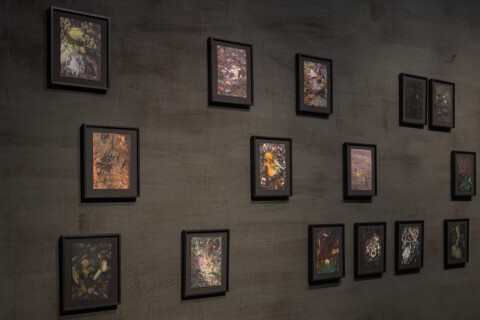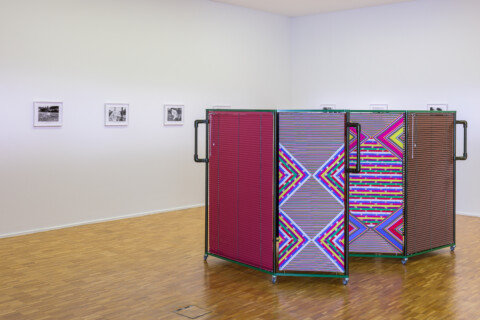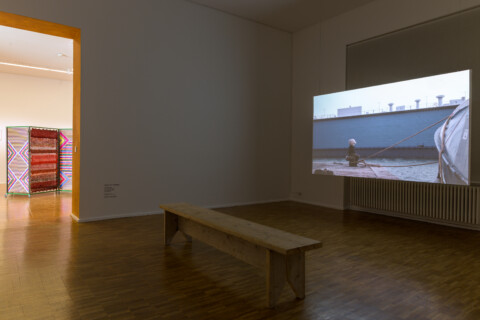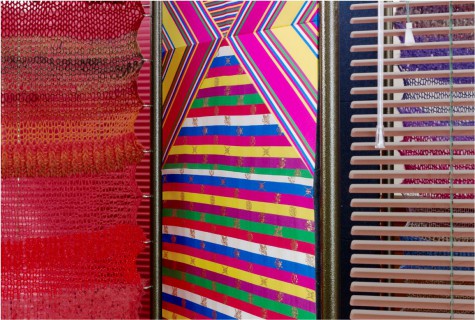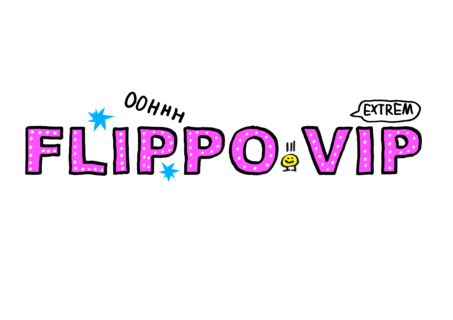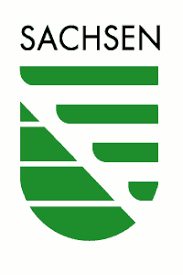The question of ownership and property with regard to art is interesting for several reasons – and complicated. If you purchase a work of art, you can decide where and how it is presented, and who can see it. The idea from which it emerged still belongs to the person who conceived it artistically; it is protected in itself and in its form. This does not take into account the fact that an artistic work is created in a process of exchange with others, as well as being significantly influenced by which individuals have which knowledge and material resources at their disposal. Thus, authorship and property are also concerned with demarcation, which can mask the social, cultural and economic context in which artistic works are created.
But what happens when works of art come into the possession of museums? How does it change their meaning and (market) value? Who owns the works in a public collection? These questions and the critical evaluation of property play an important role in discussions surrounding the tasks and responsibilities of the museum today. They illustrate that the right to determine what is shown to whom, and under which circumstances, overrides the needs and interests of many, giving rise to a series of exclusions. Against this background, this year’s collection exhibition is concerned with possible forms of participation, and with issues of collective value creation through sharing (e.g. knowledge, interests, ideas) and collaboration. The exhibition features artworks that address these connections: photographs, paintings, installations, films and objects. The works from the GfZK collection on display here – paintings, installations, films and objects – are set within the framework of artistic research conducted by Helmut and Johanna Kandl on the materials used in painting. Together, they travel to the places where these materials are extracted and processed. Their interest lies not least in the stories of people, trade relations and colonisation that are inscribed in the production of art.
In dialogue with visitors, we will address questions concerning both the collection and individual works, presenting the results on an ongoing basis. In this process, it is our aim to find out how various approaches, insights and experiences can be incorporated in our work with the GfZK collection in the future.
With generous support by the Friends of GfZK; Jochen Hempel Gallery; the Geological and Paleontological Collection of the Leipzig University and Bau+Farbenkontor, Leipzig

